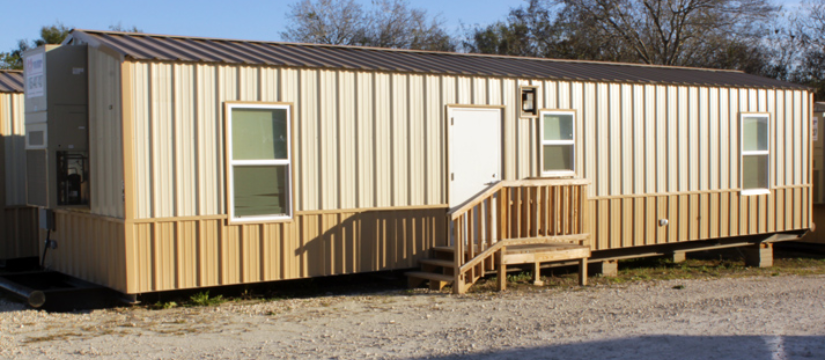In times of natural disasters or emergencies, rapid response and effective relief efforts are critical. Portable cabins have emerged as versatile tools in disaster relief operations, offering shelter, workspace, and storage solutions. In this blog post, we’ll explore the innovative uses of portable cabins in disaster relief scenarios, highlighting how these structures play a crucial role in aiding affected communities.
Why Portable Cabins in Disaster Relief?
Portable cabins, often known as mobile or modular structures, have several advantages that make them ideal for disaster relief:
Mobility: Portable cabins can be quickly transported to disaster-stricken areas, providing immediate relief where it’s needed most.
Versatility: They can be customized for various purposes, from housing displaced individuals to serving as medical facilities, command centers, or storage units.
Quick Deployment: These structures can be set up within hours, ensuring rapid response and relief efforts.
Durability: Portable cabins are designed to withstand harsh conditions, making them suitable for disaster-prone regions.
Innovative applications of portable cabins in disaster relief:
1. Emergency Shelters
Portable cabins serve as temporary shelters for individuals and families displaced by disasters. These structures offer a safe and secure environment, protecting survivors from the elements and providing a sense of normalcy during difficult times. Additionally, they can be equipped with basic amenities such as heating, cooling, and sanitation facilities.
2. Medical Clinics and Field Hospitals
In the wake of disasters, the demand for medical facilities often exceeds the available resources. Portable cabins can be transformed into fully functional medical clinics or field hospitals, equipped with medical equipment, beds, and sanitation facilities. They enable medical teams to provide essential care to those injured or in need.
3. Command and Control Centers
Disaster relief operations require coordination and communication. Portable cabins can be used as command centers, providing a central hub for emergency response teams to plan, strategize, and communicate effectively. These structures are equipped with technology and office amenities to support the efforts of first responders and relief agencies.
4. Storage and Warehousing
Efficient logistics are crucial in disaster relief efforts. Portable cabins are used as storage units and warehouses for storing emergency supplies, food, water, and other essential items. This ensures that relief items are readily accessible when needed, streamlining distribution efforts.
5. Classroom and Educational Facilities
When schools are damaged or destroyed during disasters, portable cabins can be deployed as temporary classrooms. These structures facilitate the continuation of education for affected children, providing a stable and supportive environment.
Conclusion-
Innovative uses of portable cabins in disaster relief demonstrate their adaptability and importance in mitigating the impacts of emergencies and natural disasters. These structures not only provide shelter but also serve as vital tools for medical care, coordination, and logistics. The rapid deployment and versatility of portable cabins make them invaluable in the efforts to help communities recover and rebuild after catastrophic events.
By embracing these innovative applications, disaster relief organizations can enhance their effectiveness and provide critical support to those in need during their most challenging times. Portable cabins truly exemplify the concept of resilience and adaptability in disaster response.

